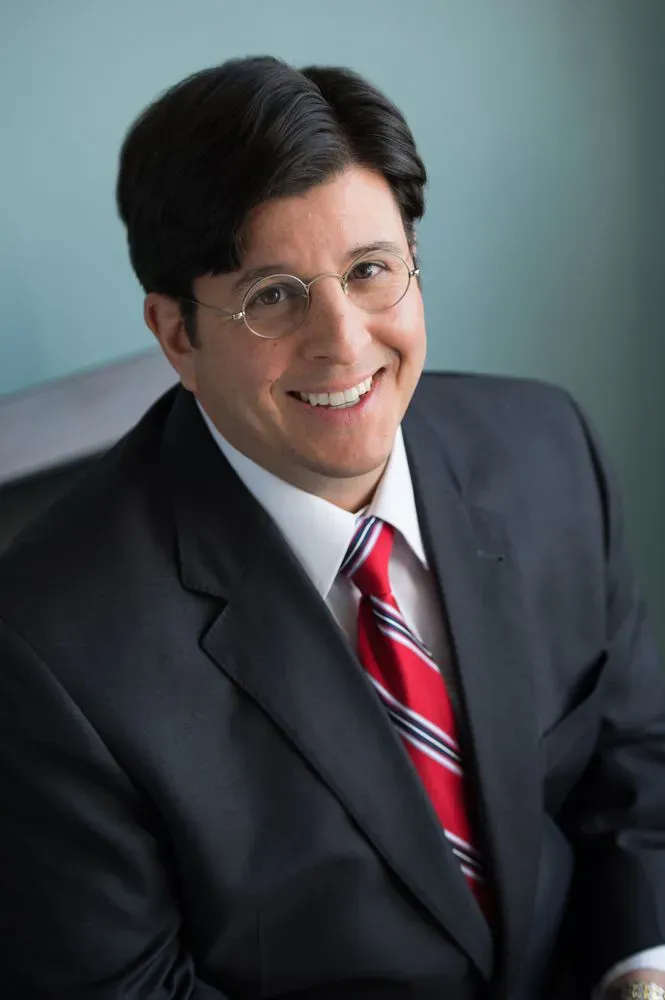Your Estate and Probate Administration Law Firm In Pennsylvania
5 Star Rated Attorney with 26+ Years of Experience.
Learn More about Estate and Probate Administration
Homepage FCE Form
By submitting this form, you agree to be contacted by ThePeoplesLawFirm.com, either by phone, text or by email.
Proudly Serving: All 67 counties, including Chester, Montgomery, Delaware, Philadelphia, Lancaster, & Berks County
ThePeoplesLawFirm.com
How to Hire the Right Lawyer that will Arm you with Knowledge to Protect your Legal Rights
So you’re looking to hire a lawyer. How do you know which one to pick?
You already know. From a brief google search, you’ll begin to see a pattern that other lawyers use to persuade you to hire them. It’s a list of shiny objects. Paid Google ads, 5 star reviews, and meaningless words like “experienced,” “aggressive,” and “steady.”
They all say the same or something similar. How do you know which one to pick when they all say the same thing? Blind faith? Why risk it when you don’t have to.
Know What You’re Supposed to Get Before You Hire a Lawyer
Hiring an attorney is not the same as hiring, for example, a contractor. If you hired a contractor to construct a 12 foot sidewalk, and when the contractor was done you only got a 4 foot sidewalk, you’d know immediately that you didn’t get what you were supposed to get. It’s not so easy to recognize the same problem when it comes to hiring a lawyer.
Even if the attorney has great reviews, how do you know that the attorney will do a great job in your case? After all, that’s the only case that matters to you.
The only way to hire the right lawyer is to first understand what you’re supposed to get. And that’s the problem. When it comes to legal services, most people have no idea what they’re supposed to get. And if you don’t know that, a lawyer could mishandle your case and you wouldn’t even know it. To add insult to injury, you may end up giving that attorney a 5 star review.
Empowering Yourself with Knowledge to Hire the Right Lawyer
At ThePeoplesLawFirm.com, we’re looking to change all that. Knowledge is power. And our mission is to empower you with knowledge so you’ll understand what you’re supposed to get before you hire the attorney.
It’s not just you relying on the attorney hoping the attorney is doing what needs to be done. Instead, you have the information ahead of time. Without this information, you’re vulnerable. Knowing what needs to be done before you hire the attorney empowers you. You heard the old saying, “trust, but verify.” That’s what this system empowers you to do.
How to Get the Knowledge to Hire the Right Lawyer
First, there’s a book for each area of law. It’s FREE. You can instantly download any book from this website. Click on your area of interest, and the FREE Book is at the bottom of the page. Click the button for the book, which takes you to the page to order it. Complete the form by typing your first name and email address, click the submit button, and that’s it. You’ll receive an email with a link to instantly download the book. Privacy assured, strictly confidential, and no obligation. And if you want a hard copy, just ask and we’ll mail one right out to you.
Don’t worry. You don’t have to be a lawyer to understand it. We break it up onto small pieces. It’s short, sweet and easy to understand.
But that’s not all you get. When you download a FREE book, you’ll automatically receive a FREE Email Series on your legal area of interest. One email, every other day, telling you all about your case. It’s about 20 emails over the course of about 40 days. If you’d rather get the information much faster, no problem. The first email lists all the topics with links that you can view instantly. It’ll take you about two hours, max, to read the twenty topics.
Once you’re done with the book and emails, you won’t be forced to use blind faith to choose among lawyers who all say the same thing.
Unless a lawyer is prepared to provide you with free information to understand what your supposed to get before you hire that lawyer, then keep looking for another lawyer that does that. Otherwise, you could end up paying for a 12 foot sidewalk but only getting a 4 foot sidewalk and not even know it.
Michaelangelo Dippolito is an Author who strives to educate his prospecting clients with valuable knowledge of Estate and Probate Administration.
We Can Help You With
Probate Administration
Helping heirs sort through legal issues after their loved one passes
Experienced Legal Counsel
Meet Our Attorney
Hire The Right Lawyer That Will Arm You With Knowledge to Protect Your Legal Rights
The unique blend of financial acumen and business knowledge of Michaelangelo significantly benefits ThePeoplesLawFirm's clients, particularly when dealing with intricate questions related to financial matters and taxes. The firm's litigation prowess is further bolstered by Mike's military experience, equipping him with the resolve to fight tenaciously in court.
ThePeoplesLawFirm.com is committed to serving its clients across all 67 Counties of Pennsylvania, and continues to be a valuable resource for individuals seeking to understand their legal rights.





